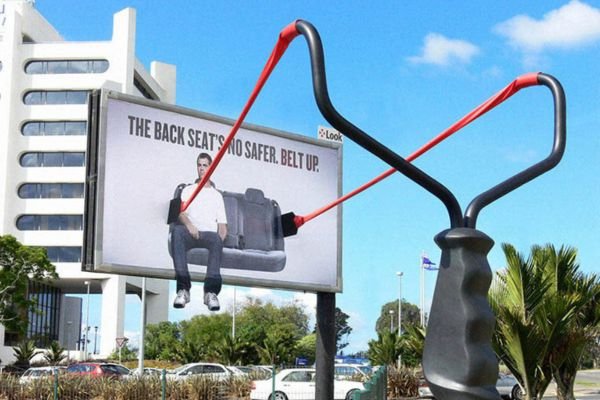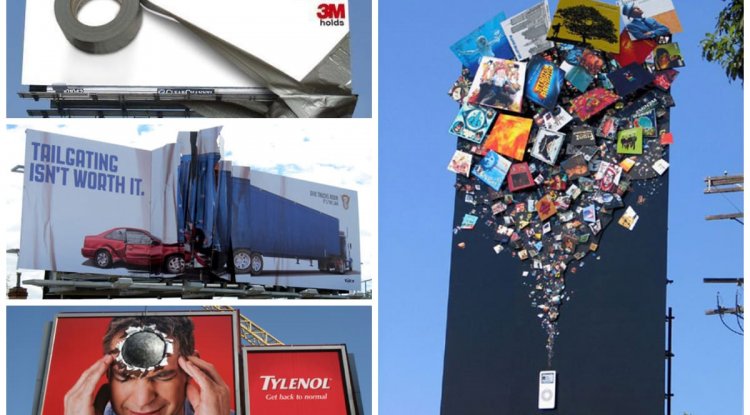10 Best Practice to Improve You Advertising Reach
Expanding the reach of outdoor advertising is crucial for business success. It enhances brand visibility, attracts a wider audience, and reinforces brand recognition. Increased exposure in outdoor spaces maximizes opportunities for potential customers to engage, fostering business growth and market presence.

Introduction:
Advertising's primary goal is to effectively convey messages to the audience, a vital aspect of marketing. In today's diverse advertising landscape, encompassing digital, physical, and outdoor channels, advertisers consider various criteria to optimize resource utilization and alignment with product characteristics.
This article delves into the specific criteria for achieving maximum reach in outdoor advertising. Focusing on Out-of-Home (OOH) advertising, we explore its efficacy through case studies, providing insights for those intrigued by OOH's reach potential.
Understanding Reach:
Before delving into specifics, it's essential to grasp the concept of reach and engagement. Reach quantifies the number of people exposed to an ad, providing accurate insights into audience size and potential impact. It distinguishes between those who saw the ad and the broader audience it could potentially reach.
Importance of Reach:
Advertising reach is crucial, measuring the message's exposure to the target audience. A broader reach increases brand awareness, engages a larger audience, and contributes to overall marketing success.
Reach vs. Frequency:
Advertisers must comprehend reach and frequency, integral for effective advertising. Reach denotes the percentage of people seeing an OOH ad at least once, while frequency emphasizes repetition for enhanced memorability.
Maximizing OOH Reach:
Understanding how OOH advertisements address concerns is pivotal for effective reach and engagement.
1. Strategic Placement:
Location significantly influences reaching the target audience. OOH ads, physically tangible, benefit from versatile placement. Advertisers strategically choose locations based on demographics, altitude, and traffic.
2. Identifying High-Traffic Areas:
Focusing on bustling areas ensures wide visibility, involving meticulous analysis of crowded intersections, commuter routes, and proximity to shopping or entertainment hubs.
3. Choosing Locations Based on the Target Audience:
OOH ads consider not just the number of passersby but also the specific demographics of the audience, ensuring relevance and resonance.
4. Creative and Eye-Catching Design:

Visually appealing content with bold colors, concise text, and striking imagery enhances interaction and leaves lasting impressions.
5. Digital Integration:
Digital Out-of-Home (DOOH) ads offer dynamic content, real-time updates, cost efficiency, and detailed analytics, maximizing visibility and connecting meaningfully with diverse demographics.
6. Targeted Messaging:
Demographic understanding informs targeted placement, making OOH ads unavoidable, reaching a broad yet specific audience.
7. Cross-Channel Promotion:
Integrating OOH into cross-platform campaigns combines physical and digital strengths, creating a cohesive brand experience for wider reach.
8. Seasonal and Timely Campaigns:

Aligning OOH campaigns with seasons or events capitalizes on heightened consumer awareness, tapping into opportunities for increased reach.
9. Interactivity:
Interactive OOH ads engage audiences, making them more than static displays and encouraging intentional interaction.
10. Analyzing Results:
Tracking performance through metrics like impressions and website traffic allows advertisers to refine strategies and make informed decisions.
Conclusion:
OOH ads, with visually impactful designs and strategic placement, possess immense potential for maximum visibility and reach. Implementing these strategies and analyzing results enables advertisers to navigate the OOH landscape effectively, leaving a lasting impact on their target audience.
What's Your Reaction?





















